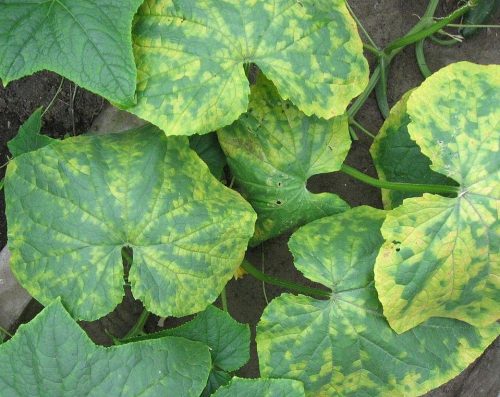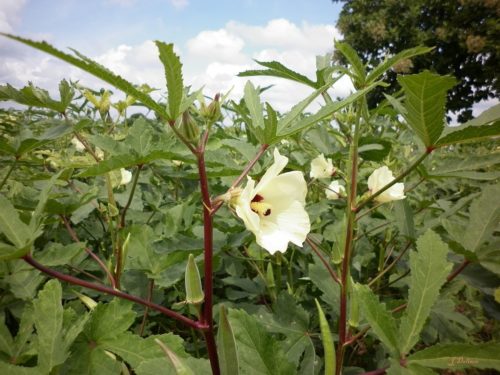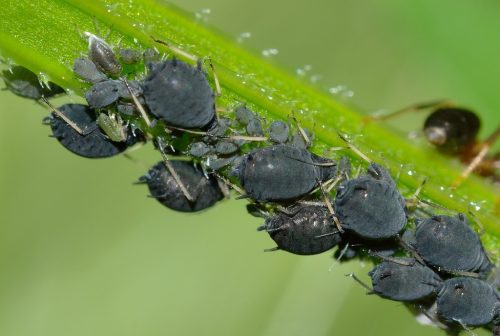Okra is an annual plant whose young leaves and unripe fruits are eaten as vegetables.
Also known as:
Okro
Lady’s fingers
You are viewing the mobile-adapted version of the page.
The one for tablets, laptop and desktop also provides general information, such as origin and cultivation.
Okra – (Abelmoschus esculentus), an annual plant whose young leaves and unripe fruits are eaten as vegetables. Okra can grow to a height of two meters in one year. The leaves are hand-shaped and the flowers resemble those of the Hibiscus. Okra is native to Ethiopia and is grown in almost all tropical and subtropical regions. Okra needs heat to grow: the soil should be at least 20 °C, optimal are soil temperatures of 24 – 32 °C. Okra requires a somewhat moist soil. Use manure with high nitrogen and phosphorus content. Chicken manure can be added prior to planting. The plant tolerates drought and heat; no frost.
Because of its size, Okra is unsuitable for greenhouse cultivation. For a vegetable gardener, the cultivation of Okra is a real challenge.
Fungi & diseases
White, woolly mold: White mold (Sclerotinia sclerotiorum).
Plant wilts and leaves turn yellow on one side. White (sometimes pink) mold develops on stem and tendrils: Fusarium wilt (Fusarium oxysporum).

Yellow-green, circle-shaped spots on leaves; serpentine lines: Cucumber mosaic virus (CMV).
Leaf and fruit become covered by a thick layer of fungus and wilt: Verticillium wilt (Verticillium spp).
Other
Keep weeds away by applying a thick layer of mulch around the seedlings.


